Ciliopathies


Cilia are hair-like cellular organelles that extend from the surface of various cell types within the human body and serve diverse vital functions. Some cilia are devoted to motility (motile cilia), as the ones in the ciliated cells in the lungs that push inhaled particles out of the airways. Others play a role in sensory perception and cell signalling (primary cilia), such as those in the hair cells of the ear or the epithelial cells in the kidney. Not surprisingly, given their almost ubiquitous presence, defects or anomalies in the ciliary structure manifest in a broad group of diseases, called ciliopathies. Ciliopathies range from infertility to vision and cognitive impairment, cystic diseases, skeletal abnormalities, hydrocephalus, situs inversus and persistent respiratory issues.
Elucidating the molecular mechanisms underlying ciliopathies requires an interdisciplinary, multi-scale approach involving multi-omic and structural analyses and advanced imaging techniques. HT stands as an ideal hub for pursuing this ambitious goal with its expertise in cilia and studies on ciliated systems such as the liver, kidney, brain, pancreas, and thyroid, combined with proficiency in population genomics, transcriptomics and cutting-edge structural biology, imaging, and image analysis technologies.
Involved Research Groups
-
Calviello Group
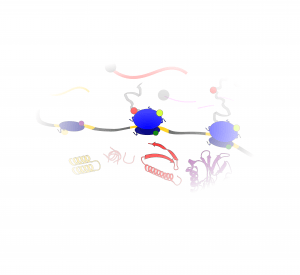
Calviello Group
-
Carninci Group
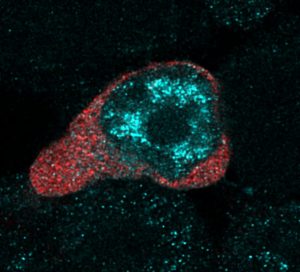
Carninci Group
-
Coscia Group
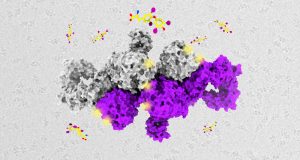
Coscia Group
-
Davila-Velderrain Group

Davila-Velderrain Group
-
Di Angelantonio & Ieva Group

Di Angelantonio & Ieva Group
-
Erdmann Group

Erdmann Group
-
Jug Group
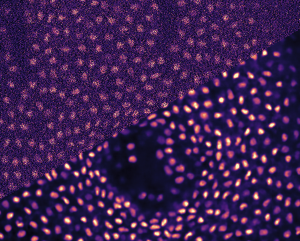
Jug Group
-
Legnini Group
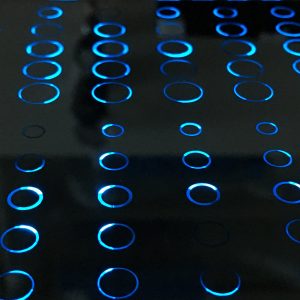
Legnini Group
-
Pigino Group

Pigino Group
-
Soranzo Group

Soranzo Group
-
Taverna Group
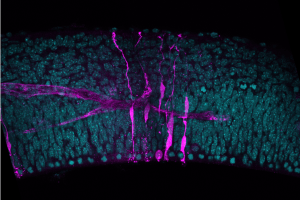
Taverna Group
-
Testa Group
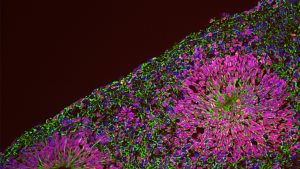
Testa Group
-
Zerial Group
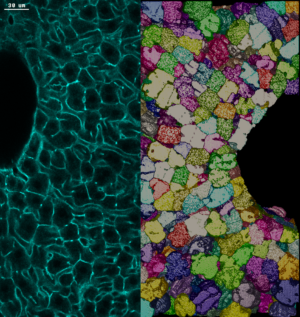
Zerial Group